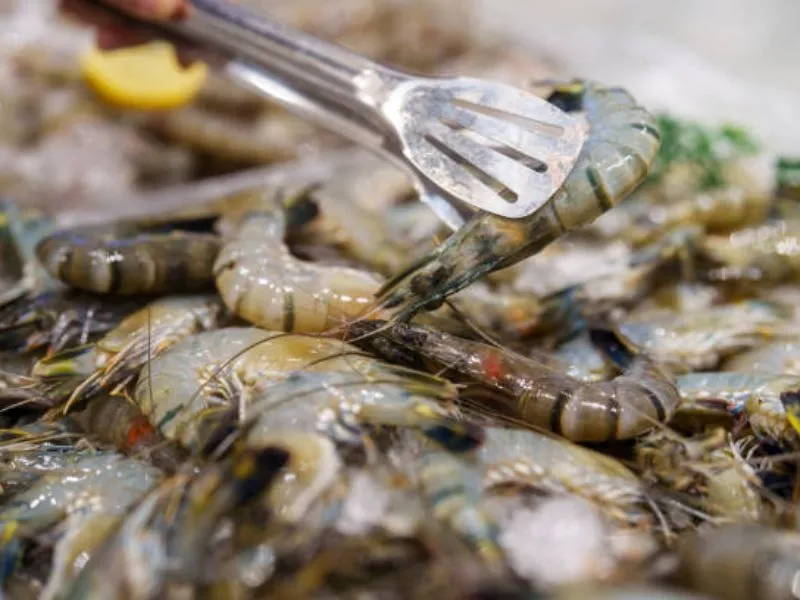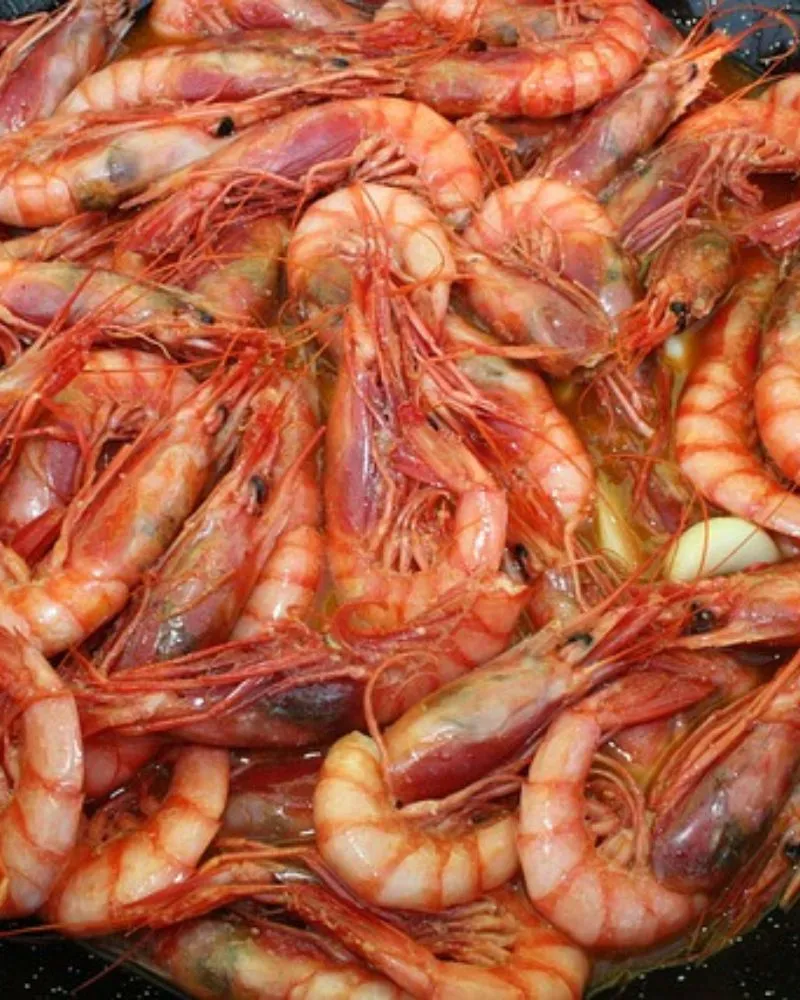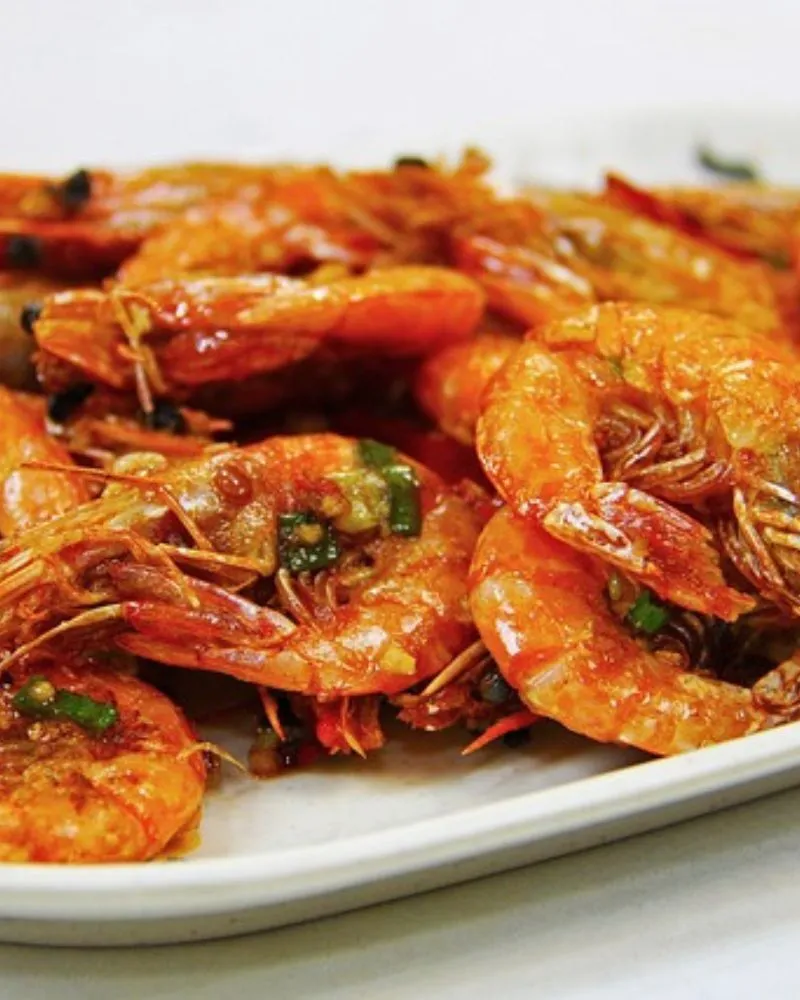
The humble prawn is a versatile seafood staple graces countless dishes, from fiery curries to delicate salads. But when it comes to prawns price, navigating the supermarket chiller can feel like traversing a minefield. How much are you paying for quality? And how can you ensure you’re getting the best bang for your buck (or should we say, ‘shrimp’ for your dime)?
Fear not, prawn-loving friends! This guide will equip you with the knowledge to make informed choices, ensuring you get the freshest, most delicious crustaceans without breaking the bank.
Understanding the Price Equation: Factors Affecting Prawn Price
1. Origin and Sourcing
- Wild-caught vs. farmed: Wild-caught prawns are generally more expensive due to their limited availability and reliance on natural fluctuations. Farmed prawns offer a more consistent supply and lower price point, but ethical concerns and potential environmental impact must be considered.
- Location: Prawns sourced from remote regions or those requiring specialised handling will naturally cost more than those readily available from local fisheries.

2. Size and Variety
- Jumbo vs. petite: Larger prawns command a premium price due to their rarity and increased yield per individual. Smaller prawns, while more affordable, may require larger quantities to achieve the same dish volume.
- Species: Different prawn varieties have inherent price differences. For example, sought-after King prawns will cost more than Banana prawns.
3. Processing and Packaging
- Fresh vs. frozen: Freshness comes at a premium. Frozen prawns are often a budget-friendly option, but they need more and may lack their fresh counterparts’ vibrant flavour and texture.
- Convenience factors: Pre-peeled and cooked prawns offer convenience, but expect to pay extra for this added labour.
4. Seasonality and Availability
- Peak seasons: During peak prawn season, prices tend to be lower due to increased supply. However, off-season prawns may come from different sources or require specialised handling, impacting cost.
Beyond the Price Tag: Quality Considerations
1. Look for the telltale signs of freshness
- Bright, translucent flesh: Avoid prawns with dull, discoloured flesh or a milky sheen.
- Firm texture: Fresh prawns should bounce back slightly when pressed gently. Mushy or limp prawns are past their prime.
- Clean aroma: Fresh prawns should have a mild, slightly sweet ocean smell. Avoid any solid and fishy odours.

2. Certifications and sustainability
- Look for eco-friendly certifications: Supporting sustainable prawn farming practices helps protect our oceans and ensures responsible sourcing.
- Country of origin: Knowing where your prawns come from allows you to research potential ethical or environmental concerns associated with the fishery.
3. Consider value over just price
- Larger prawns: While initially more expensive, larger prawns may offer better value due to their increased yield per individual.
- Versatility: Choose prawns that can be used in various dishes, maximising their use and reducing waste.
Conclusion: Striking the Balance Between Cost and Quality
Navigating the prawn price landscape doesn’t have to be daunting. By understanding the factors influencing cost, recognising quality indicators, and prioritising value, you can make informed choices that satisfy your taste buds and your wallet. Remember, the freshest, most delicious prawns are often worth the extra splurge, but with careful planning and consideration, you can find high-quality options within your budget. So, go forth, adventurous prawn-lover, and confidently conquer the supermarket chiller! Bon appétit!





